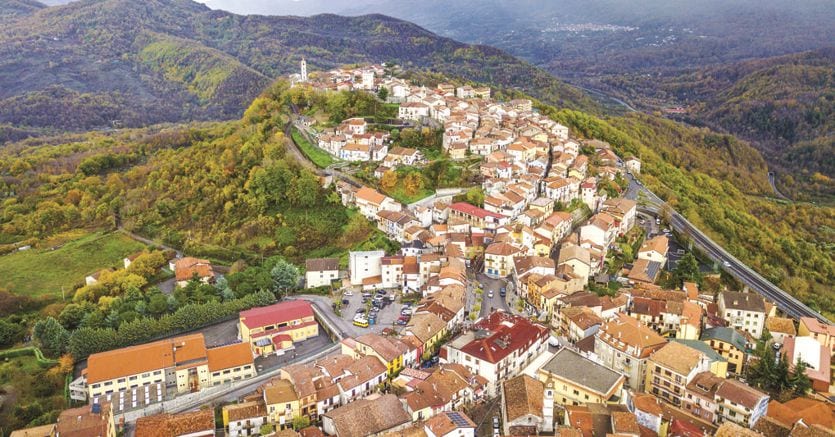I’m going to live in a village. Indeed, to work in a village. The idea is appealing to more and more Italians, also teased by the pandemic that has changed the lifestyle of many. Two birds with one stone, because the recovery of inland areas is part of a strategy that has also been supported for some time by our country.
And so, the village is thought of as a place to live, continue one’s profession or perhaps start new jobs. Also useful for the territory. «Repopulating the Apennine villages must start from the creation of skills – is the thought of Gabriele Locatelli, SlowFood Italy delegate for sustainable forests -. Those who live in the mountains must be able to plan new economies starting from the possible opportunities that the mountains offer. From those historical economies that must remain the pillars of its post-exodus reconstruction begun in the 1960s and not yet finished ». Forest management, quality and proximity agriculture, landscape conservation, primary activities, are the first professions suggested to which sustainable tourism and remote work are added.
Loading…
At the center of telematic networks and transport
It could therefore happen that you move to work in smart working, but then other horizons open up. Ready for everything. Even to resolve non-trivial details, such as those that life in a village requires. First and foremost, the accesses “to advanced telematic routes – resumes Locatelli – to which must be added a modernization of the transport network that must not be conceived as asphalt, but as the competitiveness of public transport with private transport through a massive use of “.
There are those who say that with 5G everything will be easier. But apart from having to wait for the summer of 2022, the greatest concentration will be in Piedmont (30 centers that will be reached by the service) and Liguria, as well as in the Apennines between Lazio, Abruzzo and Molise. While in the list there is no municipality in Umbria, Puglia and Basilicata.
In the absence of broadband, you will have to organize differently. This is demonstrated by AttivAree, a project initiated by the Cariplo Foundation which was able to count on 10 million euros to increase the attractiveness of the inland areas in the Oltrepò Pavese and Val Trompia area (Brescia). As explained by Elena Jachia, director of the environment area of the Cariplo Foundation, «the Brescia project focused on technologies and the development of community networks. The ultra-broadband has been activated in seven small municipalities not yet equipped with fiber and the digital business file has been launched, which has simplified the bureaucratic life of companies and entrepreneurs ». A lot of work still needs to be done on this issue given that ultra-broadband – as noted by the territorial economist of Caire Consorzio per Uncem Giampiero Lupatelli in a report signed by Legambiente and Symbola – in small municipalities covers 17.4% of the users served against a national average of 66.9%.
